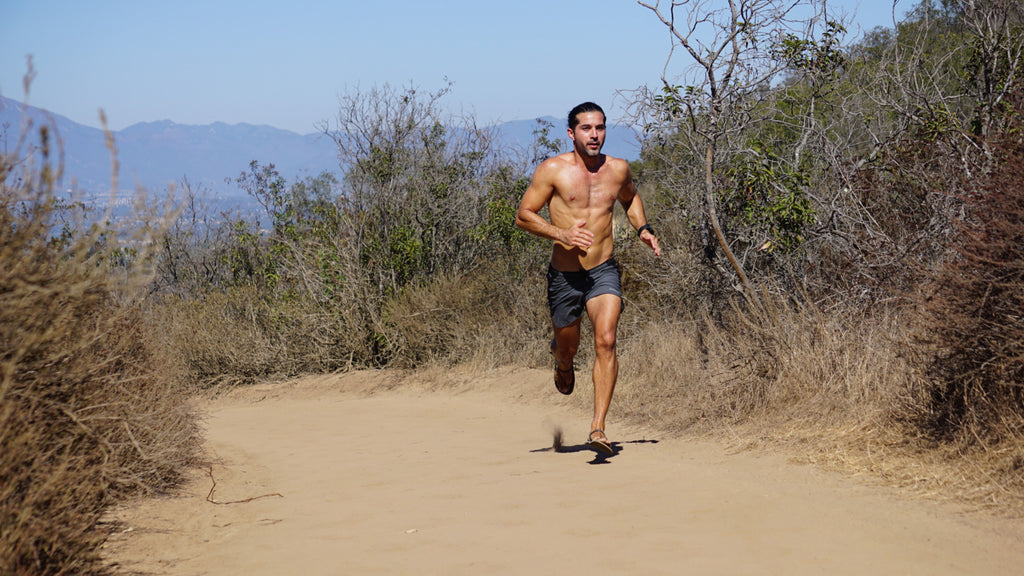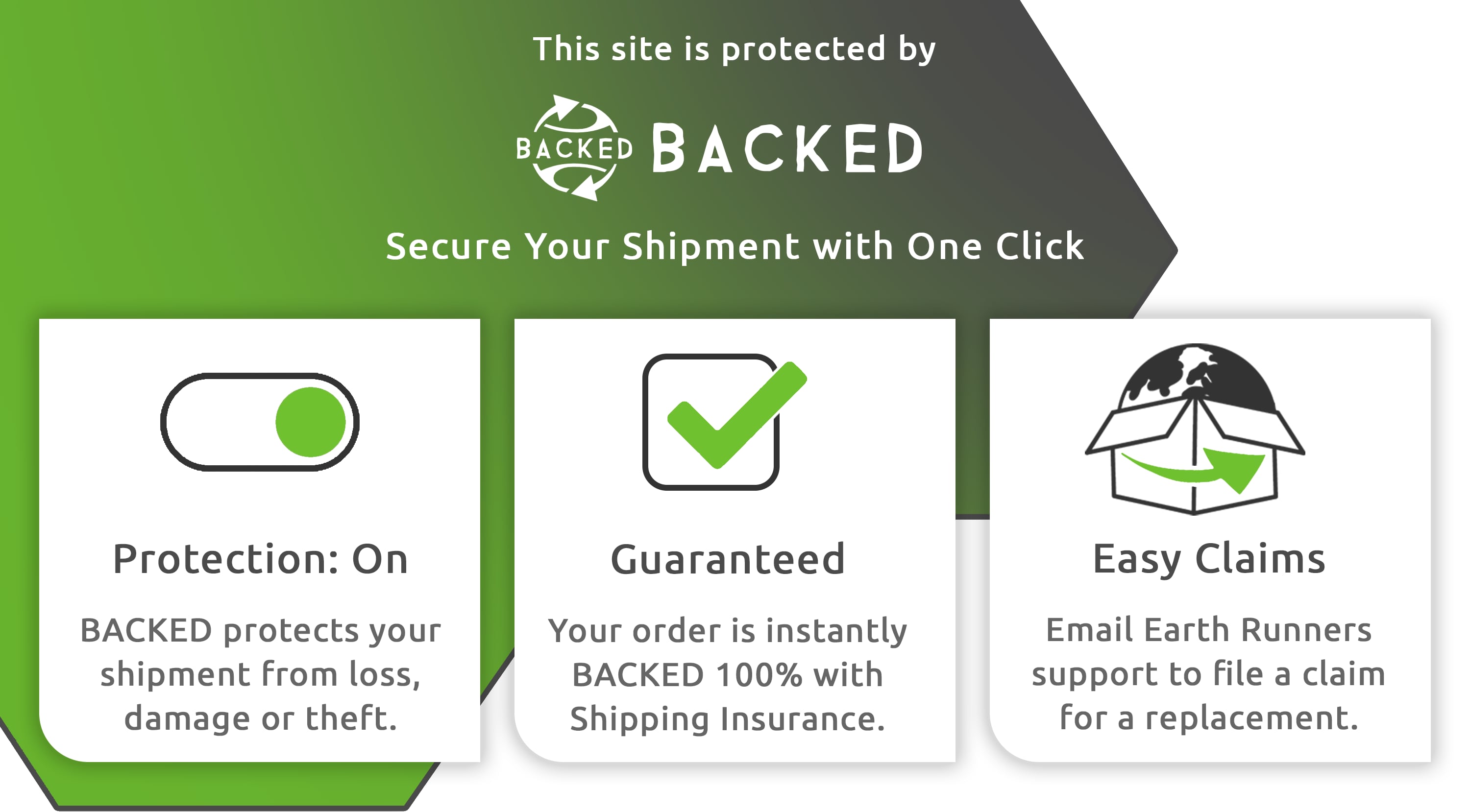
Barefoot running is becoming an ever increasingly popular activity amongst experienced runners and beginners alike. It has been credited for preventing most common running related injuries, strengthening weak muscles caused by shoe induced atrophy, and raising awareness of the capabilities of our body in its natural unhindered state. Many are enthusiastically joining the movement and leaving their running shoes behind when they head out for their regular training runs, however the results are not usually what they were expecting.
Unfortunately, injuries amongst those new to barefoot/minimal running are an all too common complaint, causing many to shy away from barefoot running again after recovering, or preventing them from being able to run again at all. Nearly all of the injuries and painful moments of barefoot running are due to lack of proper preparation and adaptation. Though I feel that it's not necessary to hang up your running footwear for good and completely convert to barefoot running, if you haven't experienced the benefits and the natural minimalistic joy of running in its purest form then you're missing out!
Try these 5 simple tips so that you can successfully enjoy the benefits of barefoot running injury-free for years to come.
Start Running in More Minimal Running Footwear

Running in a thinner soled, lightweight shoe with less of a heel will promote a more mid-foot landing similar to how your foot lands when running without shoes. There are many "natural" running shoes out on the market today that are an excellent tool for transitioning to barefoot running, while still getting the cushioning, grip, and protection to keep you happily running for miles. When I want to experience most of the joy and benefits of running barefoot but need a little protection, then I prefer the modern take on the ancient huarache running sandal design of Earth Runners. They offer a securely-laced minimal sole and feature a unique electrical grounding system. It’s also great to know that my contribution is helping the Tarahumara as a part of the company’s donation to the True Messages.
Go Barefoot More Often
Try being barefoot as often as you can to help you more quickly adapt to being barefoot.
We spend most of our lives in shoes or footwear of some kind so it will take a while for our feet, body, and brain to adjust to the new movements of your muscles when barefoot. The more you can be barefoot when not running, the easier barefoot running will be. If you usually wear shoes or slippers around the house try taking them off, go walking without shoes, try a short hikes without shoes, then progress to longer ones, play other sports without shoes like beach volley ball, frisbee, gymnastics, strength training and balancing exercises. Get back into your natural state of living, not just running!
Run on Soft Surfaces

This is especially important when first starting out. Running on soft surfaces such as grass, sand, or smooth trails will lessen the impact on your joints and muscles that you may be experiencing without the thick cushioning that most running shoes have. The soft surface will be much more forgiving, allowing you to run longer and adapt to barefoot running quicker.
Keep Your Runs Short
Running for short periods of time barefoot will help you adapt to it without the risk of over-use injuries or too much impact on your joints causing soreness. You can try running 2 or 3 times per day for only 5-10 minutes or so, giving you a higher total time/distance for the day, without the physical damage that happens from only one longer run. By slowly and consistently increasing the amount of time you run, you'll be able to painlessly transition into barefoot running for longer distances.
Cross Training
 Doing other activities to improve your strength, balance, stability, and endurance will transfer over to barefoot running making you a stronger runner less prone to injury. Strength training can help equalize muscle imbalances, and decrease fatigue by improving muscle strength and endurance. Balancing exercises like slacklining, box jumps, and other sports are all great ways to improve foot, ankle, leg and core strength needed for barefoot running. Do these activities barefoot if you can as I mentioned in Tip #2. Better balance will also help you run over uneven surfaces and on challenging terrain with more confidence.
Doing other activities to improve your strength, balance, stability, and endurance will transfer over to barefoot running making you a stronger runner less prone to injury. Strength training can help equalize muscle imbalances, and decrease fatigue by improving muscle strength and endurance. Balancing exercises like slacklining, box jumps, and other sports are all great ways to improve foot, ankle, leg and core strength needed for barefoot running. Do these activities barefoot if you can as I mentioned in Tip #2. Better balance will also help you run over uneven surfaces and on challenging terrain with more confidence.
Using these tips will give you a much easier and safer transition to bare foot running. You will gain better form and become a stronger runner and a better all around athlete. If you have any questions about barefoot running or are interested in coaching to become a better runner and a fitter, healthier person then please contact me. If you have any barefoot running tips of your own that you would like to share please leave a comment!
Kevin Park CPT
Kevin Park is a certified personal trainer specializing in natural movement, a natural lifestyle mentor, a long-term raw vegan, a runner, a bike racer, and a nature lover. His passion in life is to help people discover their natural wild bodies and achieve optimal health and wellness. He loves trail running with his dog, eating tropical fruits, reading good books, researching, and traveling with his partner.
wildbodywellness.com
facebook.com/wildbodywellness
youtube.com/wildbodywellness






